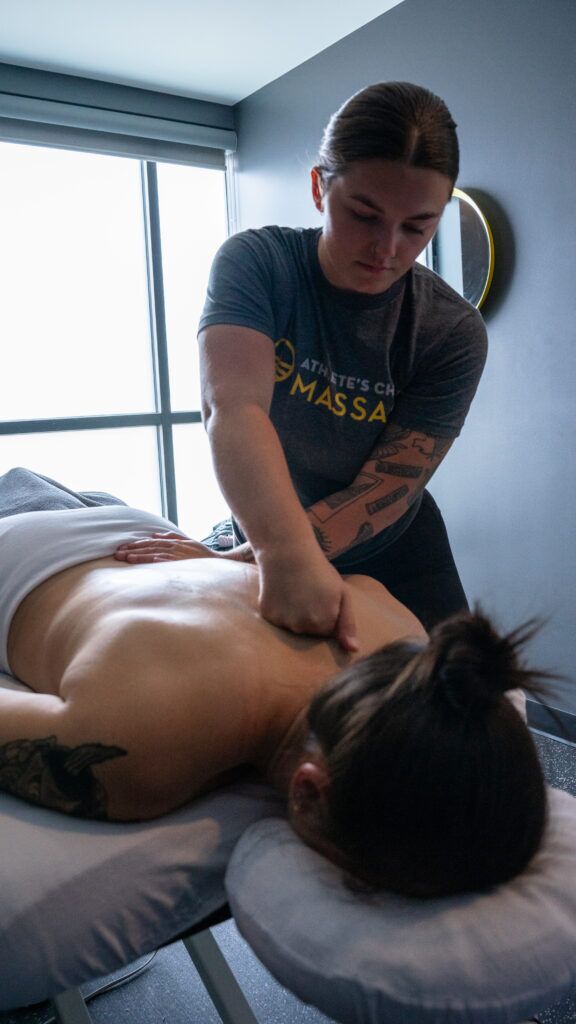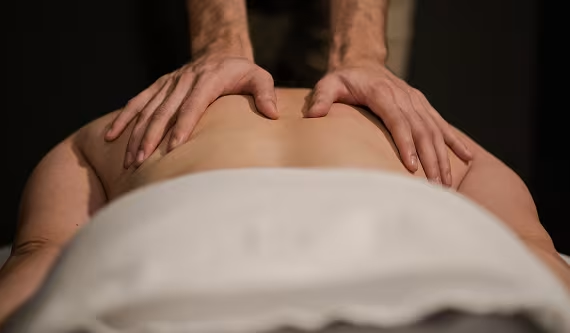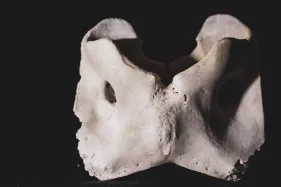For active individuals in Edmonton and Sherwood Park, choosing the right massage technique can make or break your recovery. Whether you’re a weekend warrior, marathoner, or someone managing chronic tension from physical work, understanding the difference between deep pressure massage and deep tissue massage is essential.
Despite sounding similar, these two methods serve very different purposes—and knowing which one to book can help you heal faster, move better, and feel stronger.
Let’s break down the confusion and help you choose the right massage for your goals.
Why This Comparison Matters for Active Bodies
Studies show that over 70% of Canadians experience muscle tightness that impacts their daily activities—especially those who are physically active or spend long hours on their feet. If you’re living an active lifestyle in the Edmonton or Sherwood Park area, chances are you’ve encountered soreness, muscle fatigue, or even injury recovery concerns.
That’s where massage comes in.
But here’s the problem: many people book a massage without knowing the deep tissue massage meaning or assuming pressure massage is all the same. Understanding the subtle (but important) distinctions can make your treatment far more effective.

What Is Deep Pressure Massage?
Focused on Overall Sensation, Not Depth
Deep pressure massage is exactly what it sounds like—it uses firm, consistent pressure throughout the session. This isn’t about targeting specific muscle knots; it’s about delivering stronger pressure across the entire body to stimulate relaxation and reduce overall tension.
Best For:
- Reducing full-body stress
- Easing general muscle tension
- Promoting relaxation without intense soreness
What It Feels Like:
- Firm, broad strokes across large muscle groups
- Slight discomfort at times, but not sharp pain
- A “melting” sensation as tension slowly fades
What Is Deep Tissue Massage?
Targeting Deeper Muscle Layers
Unlike deep pressure massage, deep tissue massage isn’t just about pressure—it’s about precision. It focuses on reaching the muscles, fascia, and connective tissues beneath the surface using slow, targeted strokes and friction.
The goal? To break up scar tissue, release chronic tension, and restore mobility.
Best For:
- Addressing chronic pain or old injuries
- Releasing knots and adhesions
- Improving range of motion in specific areas
What It Feels Like:
- Slow, deliberate pressure on isolated muscles
- Possible soreness during or after treatment
- A “hurts-so-good” sensation, especially on problem spots
Deep Pressure Vs Deep Tissue Massage: Side-by-Side Comparison
| Feature | Deep Pressure Massage | Deep Tissue Massage |
|---|---|---|
| Goal | Relaxation and full-body stress relief | Treat specific problem areas |
| Pressure Type | Firm, broad, consistent | Slow, focused, deeper strokes |
| Sensation | Comfortably intense | Therapeutically intense (“good pain”) |
| Duration of Relief | Immediate stress relief | Long-term muscular release |
| Post-Massage Soreness | Rare | Common for 1–2 days |
How to Choose the Right Massage for You
Here’s how to decide which treatment is right for your needs:
Choose Deep Pressure Massage if:
- You’re looking to de-stress and relax
- You enjoy firm pressure but not targeted discomfort
- You’ve had a physically demanding week and want full-body recovery
Choose Deep Tissue Massage if:
- You’re recovering from injury or surgery
- You have chronic muscle pain or postural issues
- You want targeted work on specific problem areas
In many cases, a combination of both techniques may be used in one session, depending on your body’s needs. This is especially common in performance-focused environments like sport massage therapy or injury recovery treatments.
Tailored Treatments Across Edmonton and Sherwood Park
At Athlete’s Choice Massage in Sherwood Park, our experienced therapists assess your body’s needs and create a custom treatment plan—whether you need full-body stress relief or recovery from an old injury. Our sessions are designed to support your goals, so you can keep moving pain-free.
Looking for even more personalized care? Consider options like:
Your Recovery, Your Way
Every active body has different needs. Whether you’re recovering from a trail run, training for a competition, or working through long-standing tension, understanding the difference between deep pressure vs deep tissue massage is your first step to healing smarter.
Listen to your body, ask questions, and choose a massage style that supports your recovery journey.





